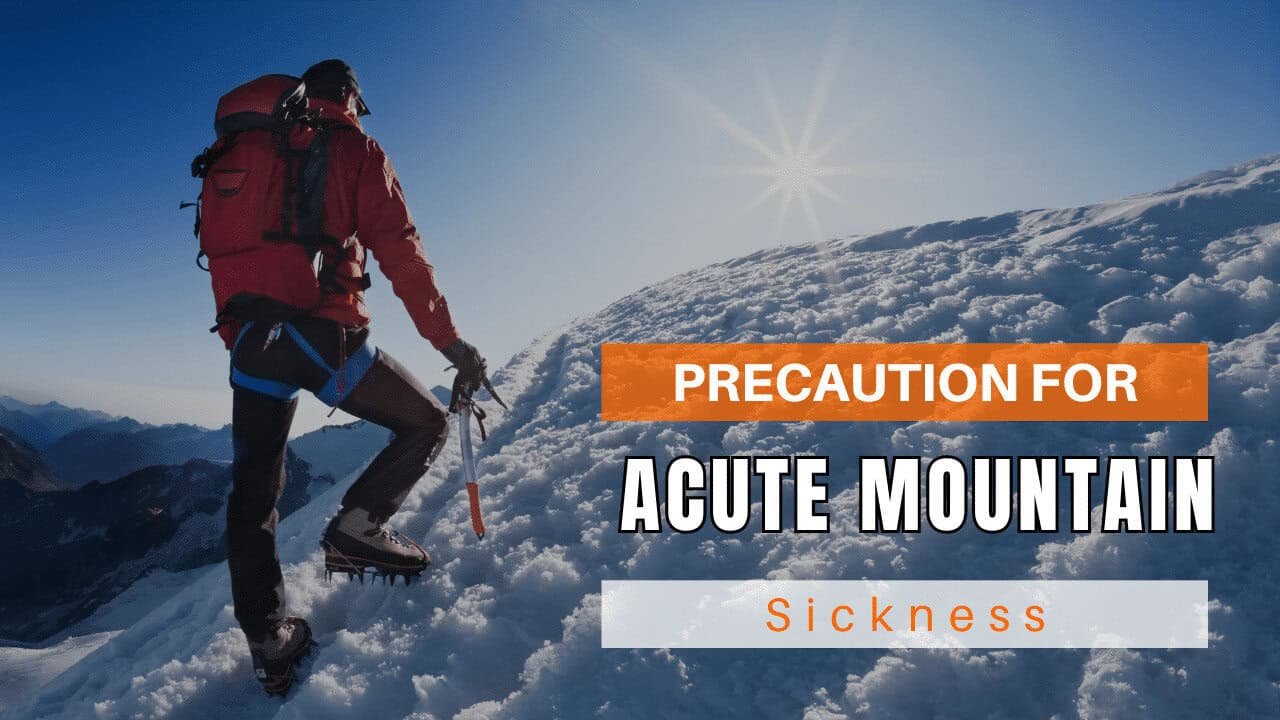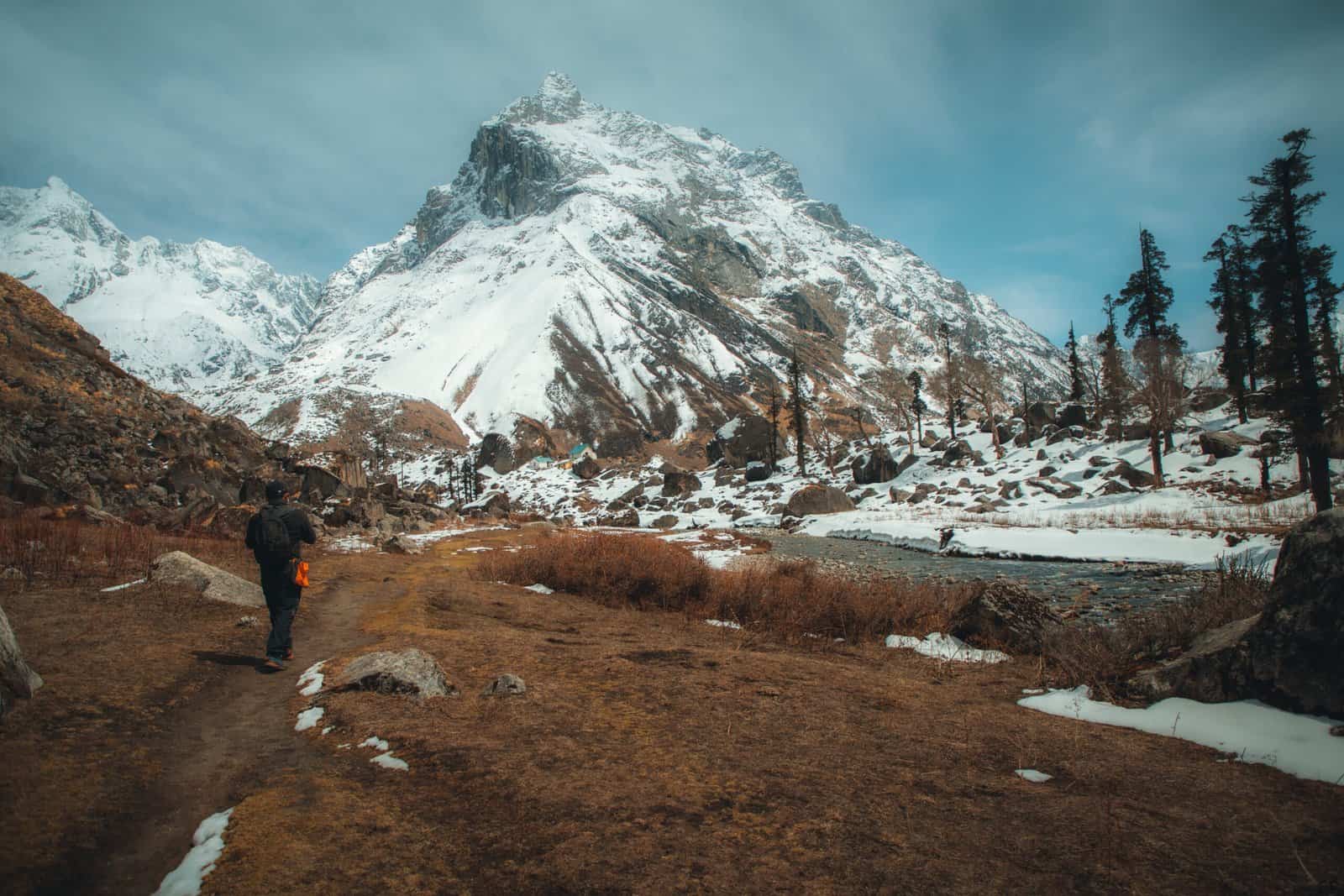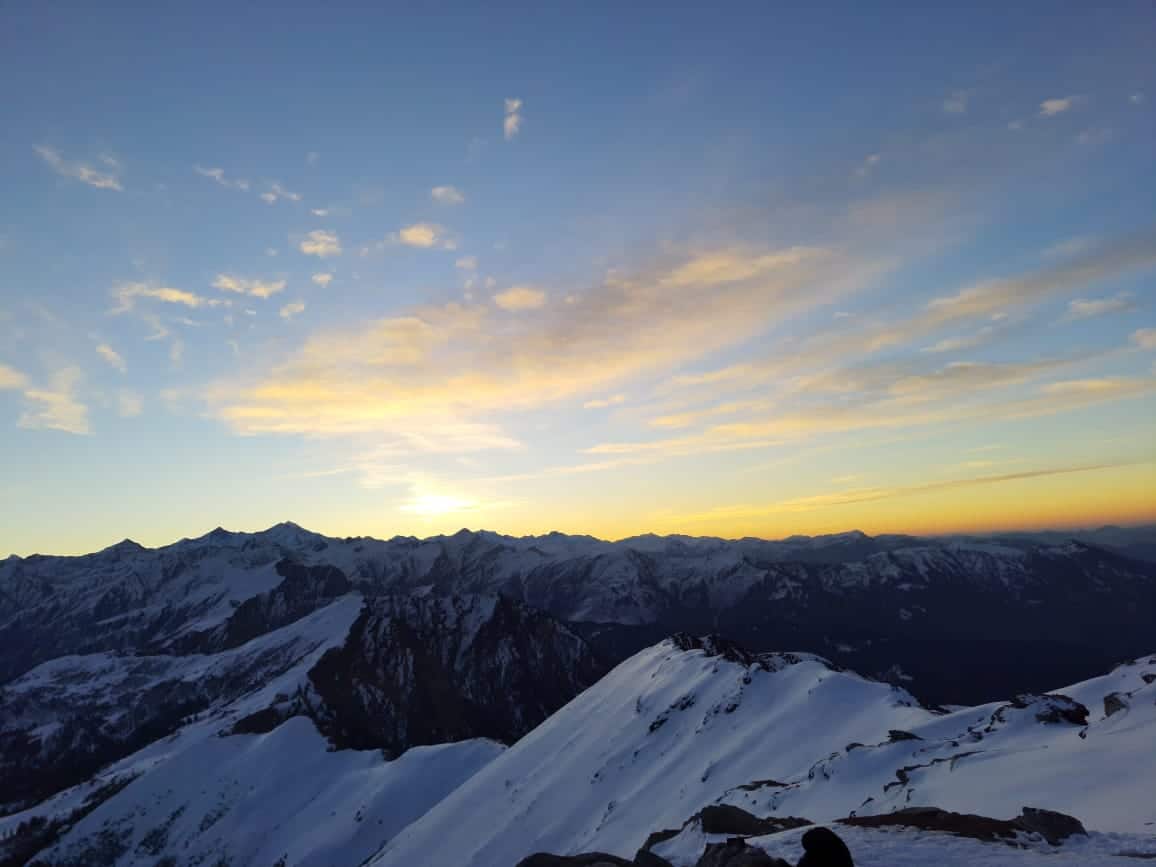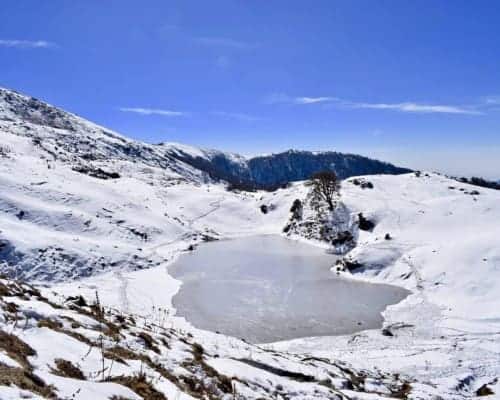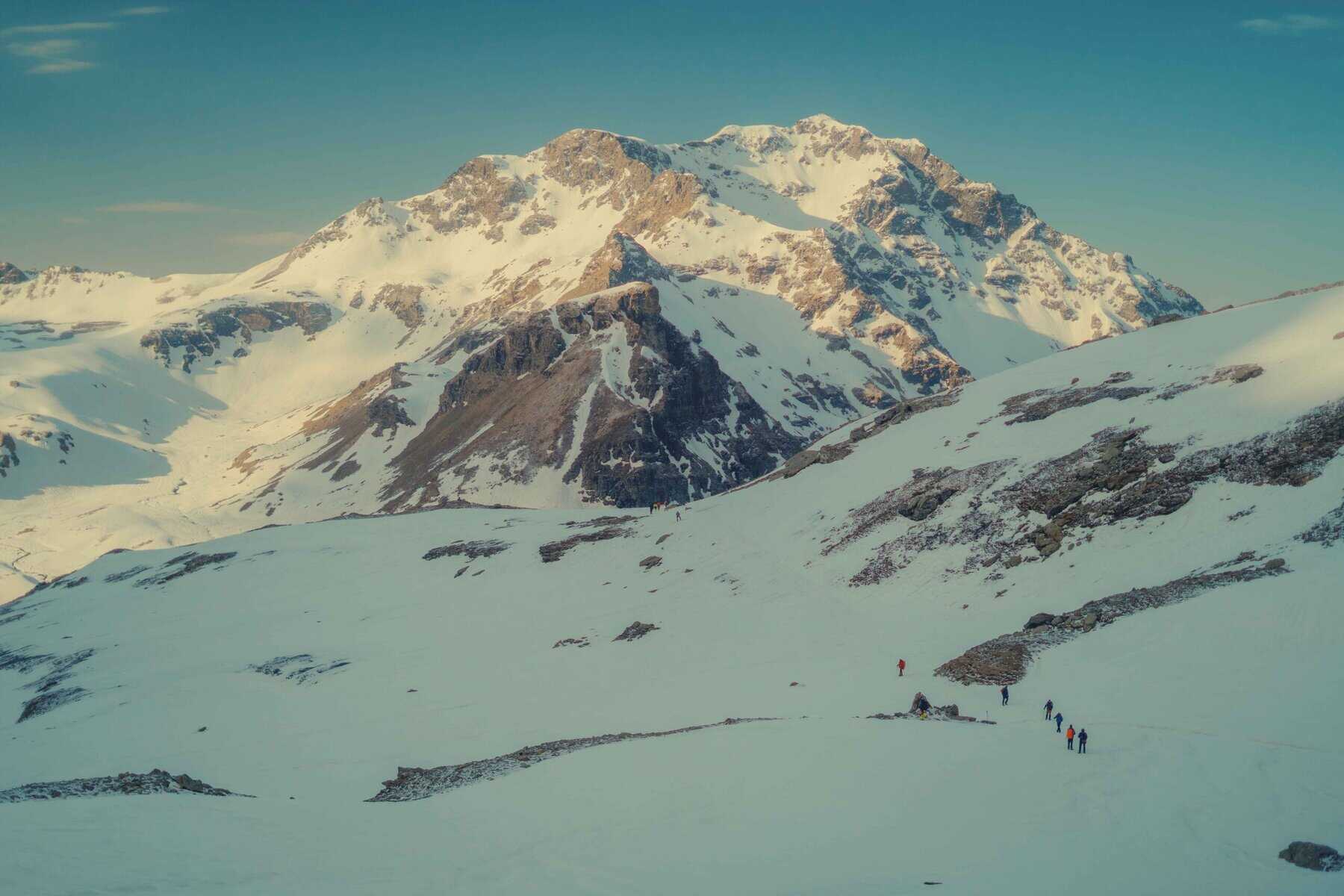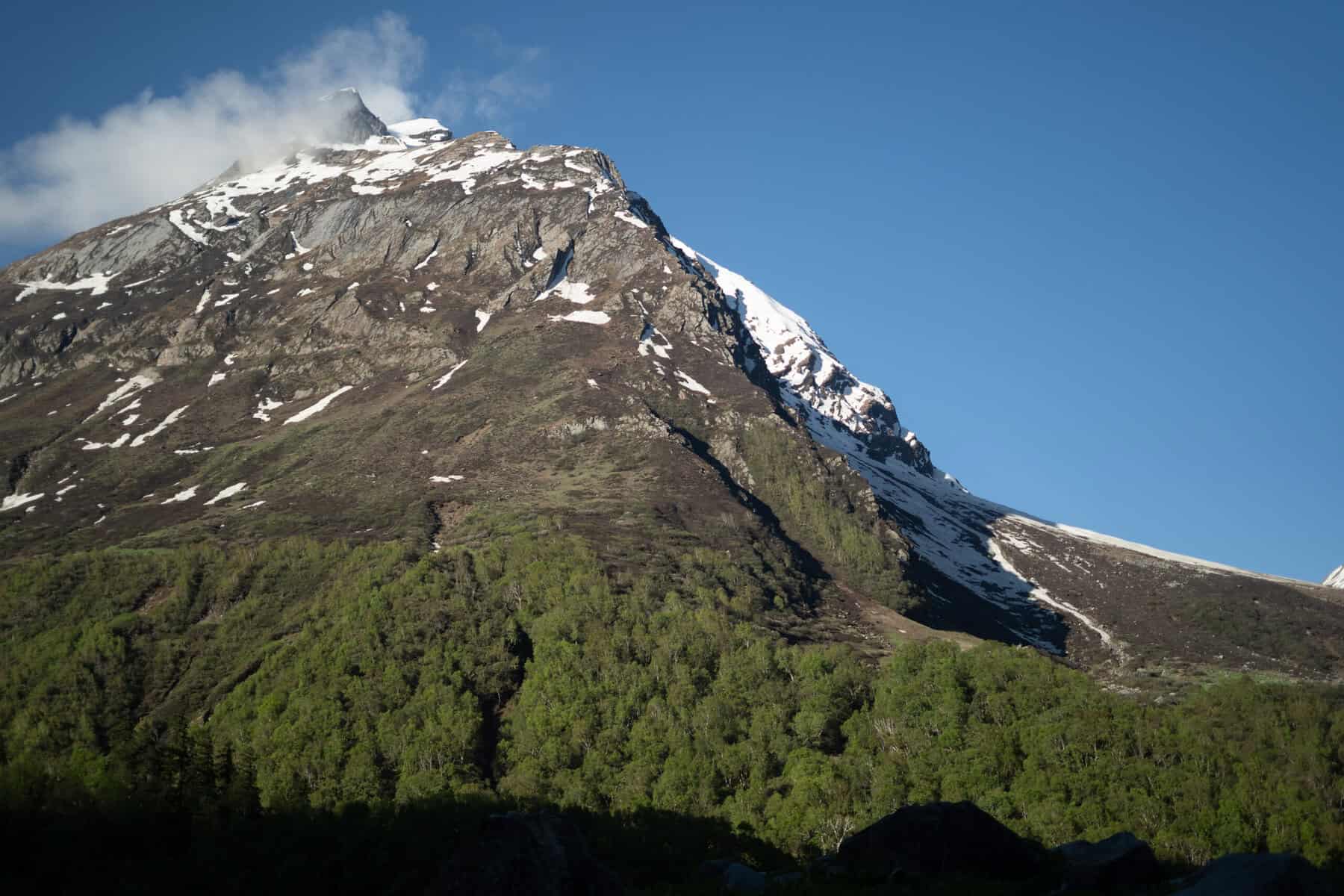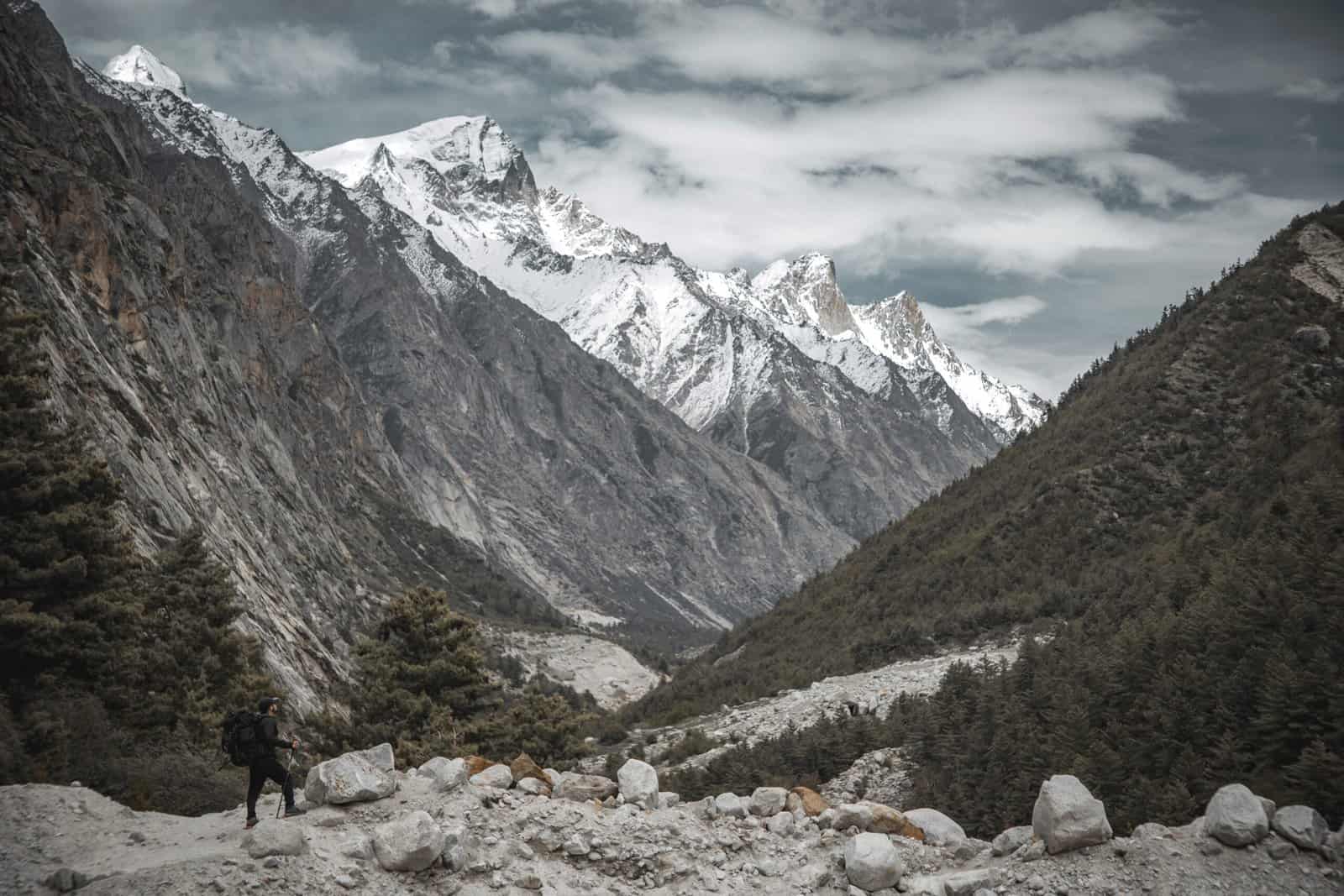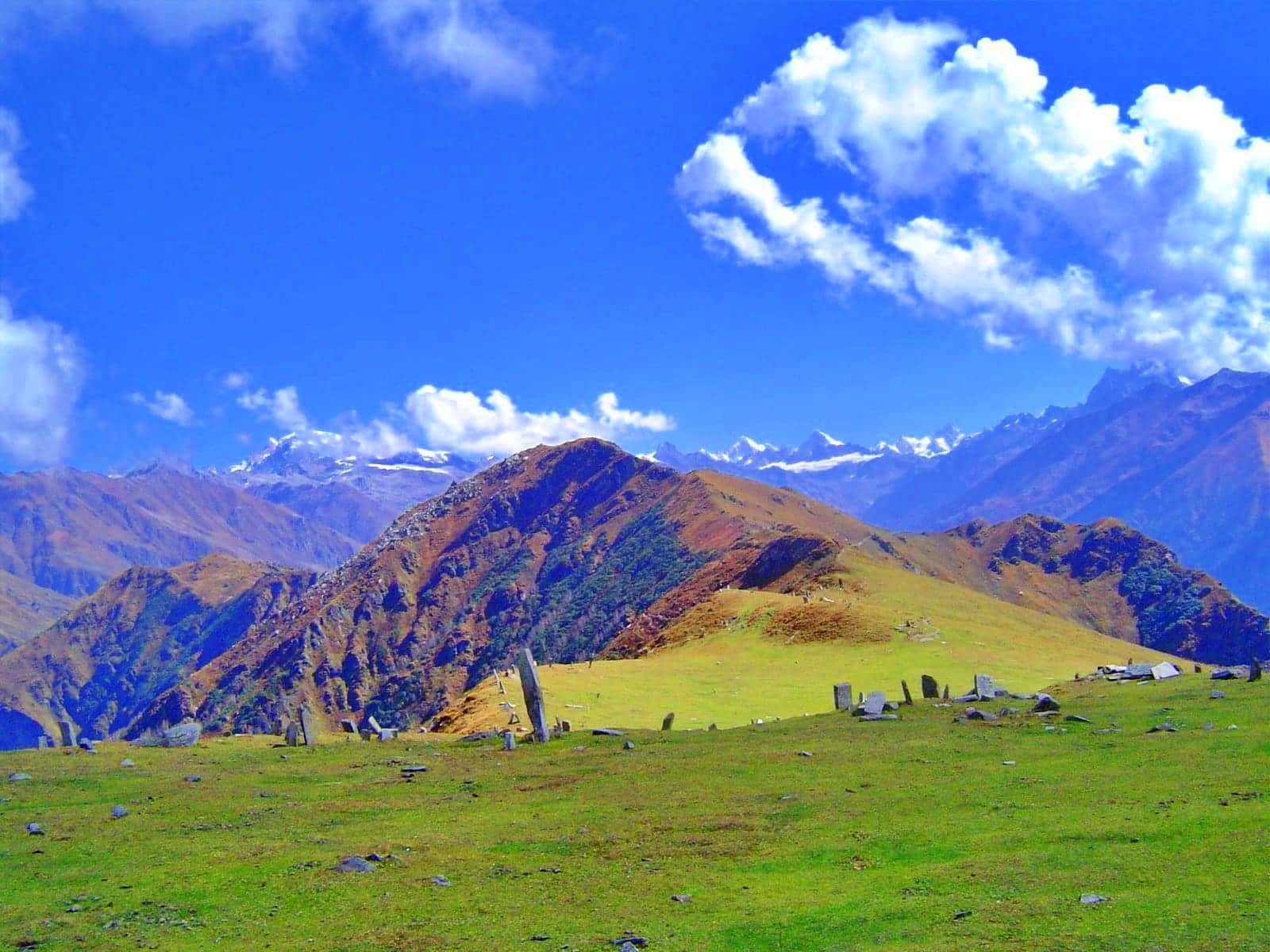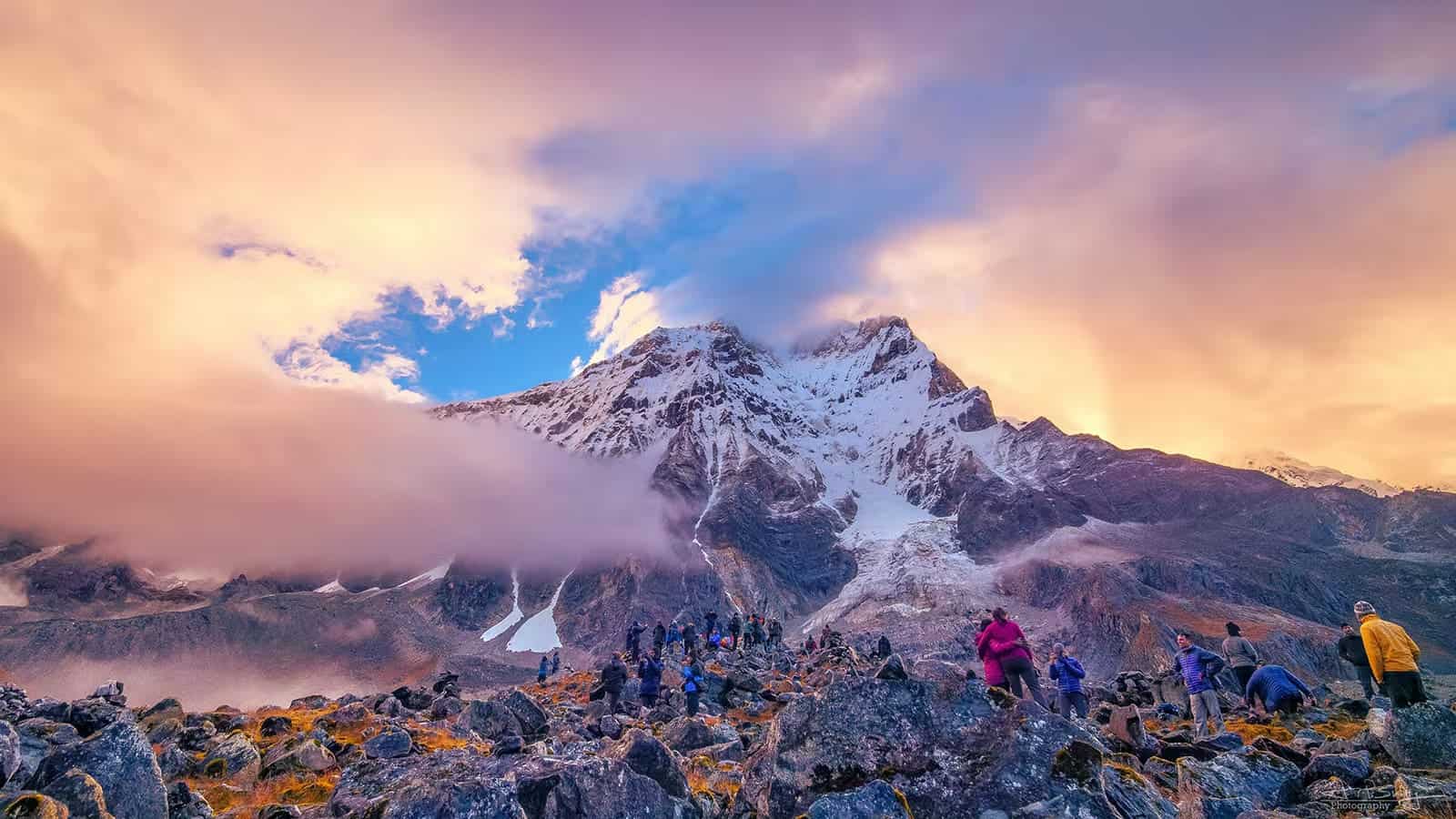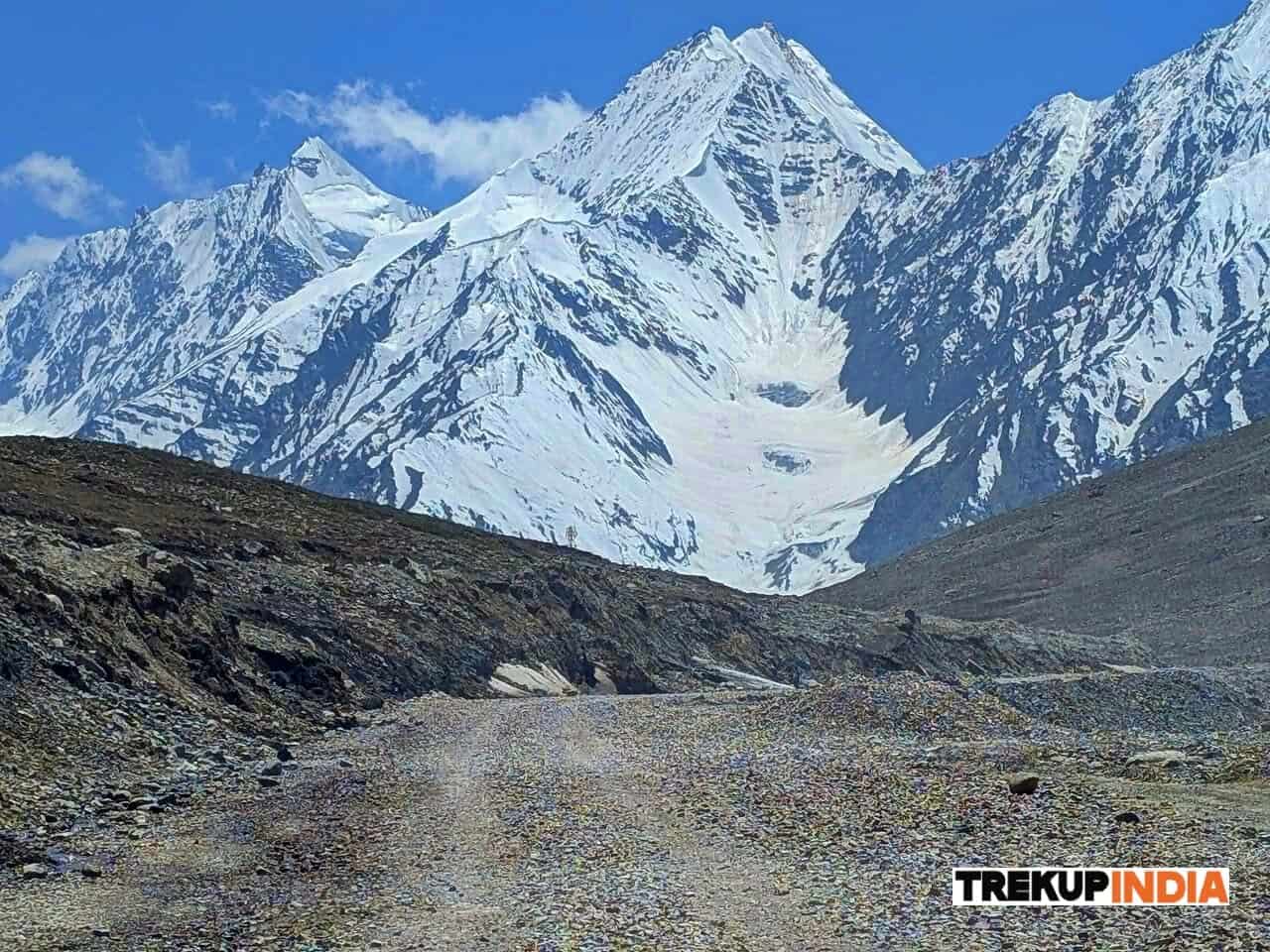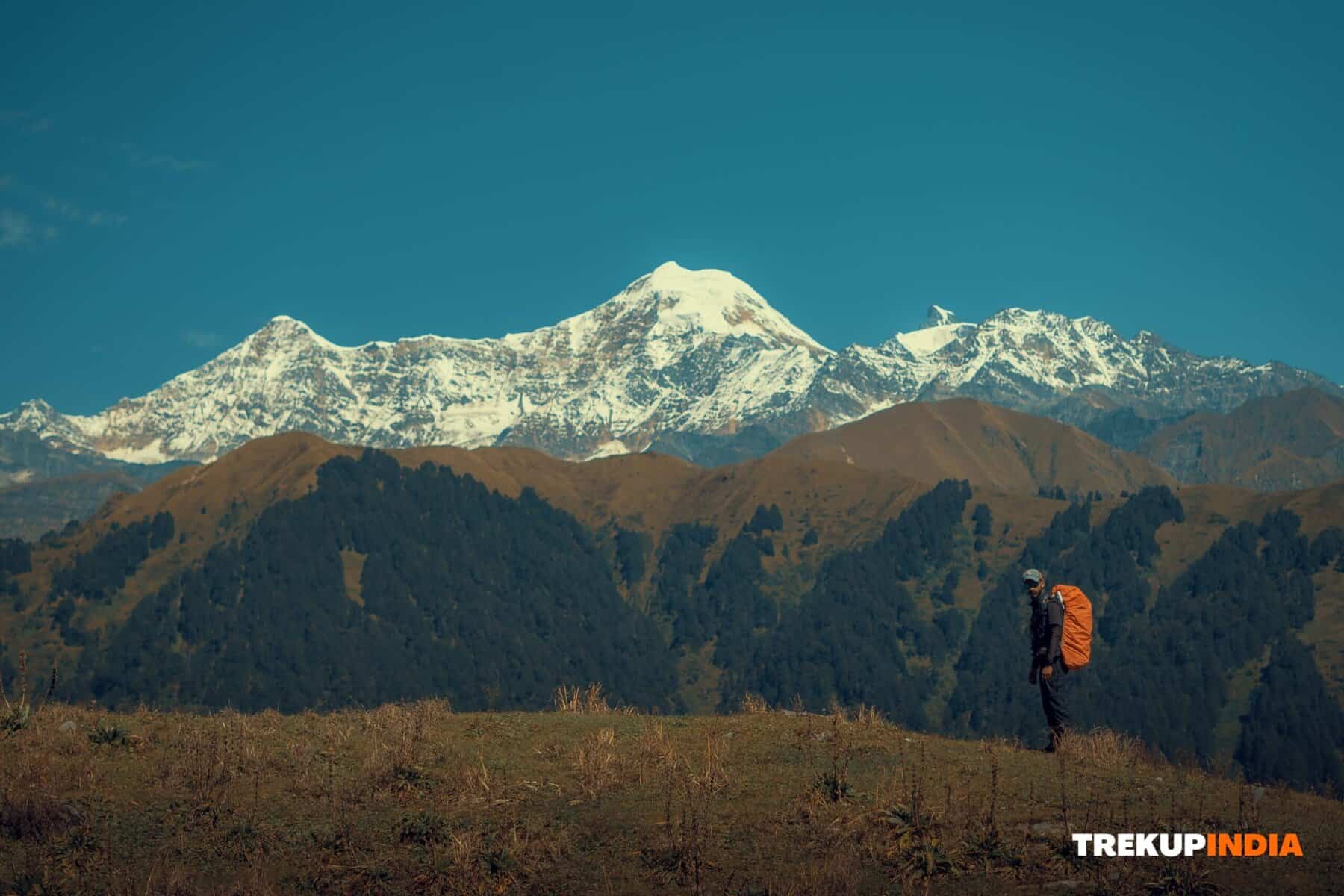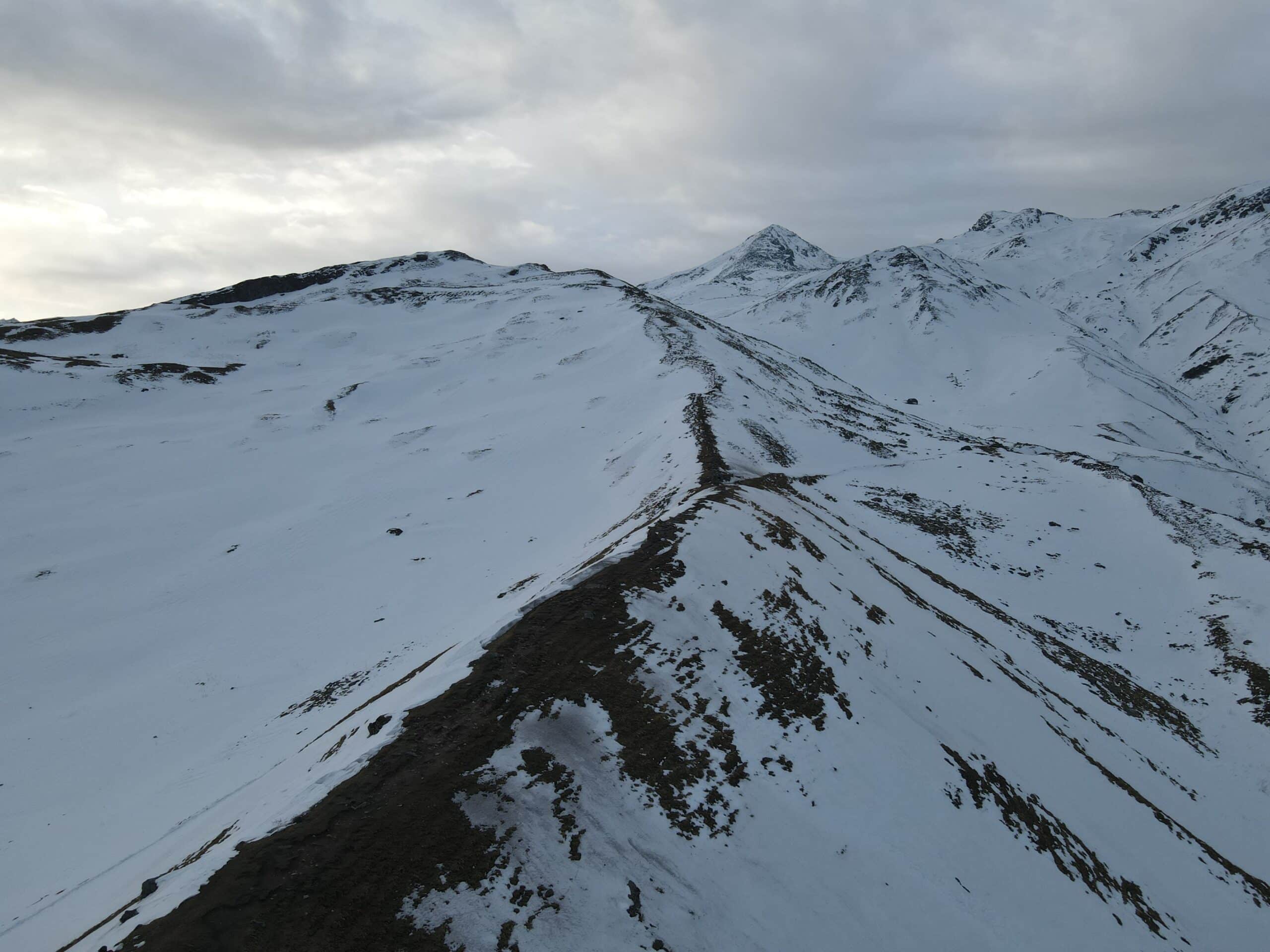Snowman Trek
Snowman Trek
The Snowman Trek in Bhutan is widely recognized for its picturesque Himalayan terrain and extensive distance. As one of the more difficult treks worldwide due to its high altitude, lengthy duration, and challenging distance, more people have successfully scaled Mount Everest than have completed this challenging alpine journey! Beginning from northern Bhutan’s border with Tibet and crossing thirteen lofty Himalayan passes with heights reaching up to 5000m, you will witness beautiful views such as Mt. Jumolhari, Jichu Drake Masangang Tiger Mountain, Gangkar Puensum, along the northern boundary – among many others.
Trek Itinerary of Snowman Trek
DAY 1 (23 Sept, Wednesday) – Arrive Paro
Flying across the Himalayas on your flight to Paro, stunning panoramic vistas of towering mountain peaks such as Jumolhari and Jichu Drake will unfold before your eyes, including Bhutan’s revered Jumolhari and Jichu Drake summits. Your guide will meet and escort you directly to your hotel upon arrival. Visit Ta Dzong, a former watchtower turned National Museum. Here, find an impressive collection of ancient artwork, Armor, rare stamps, and even an idyllic “Field of Buddhas”, offering the opportunity for reflection. Begin your exploration by strolling towards Rinpung Dzong (known as “fortress of jewels”), a historic palace featuring elaborate wall paintings depicting Buddhist legends along its wooden galleries. As night falls, wander Paro town and explore market stalls while engaging with locals before spending the night at Khangkhu Resort in Paro.
DAY 2 (24 Sept, Thursday) – Acclimatization trek to Tiger’s Nest Monastery
Start the day right with an exciting trek to the iconic Taktsang Monastery, perched dramatically 900 meters above Paro Valley. Also known as Tiger’s Nest, this sacred site is said to be where revered Guru Rinpoche meditated upon arriving on a flying tigress. Enjoy stunning cliff-edge views while trekking towards this holy site known as Tiger’s Nest; after a lunch break at the Cafeteria Restaurant located midway up the mountain, before continuing your discovery at Taktsang and returning down for an overnight stay at Khangkhu Resort.
DAY 3 (25 Sept, Friday) – Paro to Shingkarap (trek starts)
Today, you’ll enjoy a scenic drive to Zangkipang, your trek’s starting point, passing by lush apple orchards and dense forests on your journey to this trekking nexus. Starting with a gentle ascent through tranquil landscapes of conifers and rhododendrons lining Paro Chhu banks. After approximately 2-3 hours of steady walking over various streams, you will arrive at Shingkharap – a small clearing with one single dwelling that serves as a rest stop before proceeding towards your campsite at an elevation of 3110 meters for overnight stay.
DAY 4 (26 Sept, Saturday) – Shingkarap to Soi Thangkha
The path continues along the Pa Chhu, navigating its gentle ups and downs through a lush tapestry of pine, oak, and spruce trees. After crossing over to its left bank and enjoying lunch on its shores, continue upstream towards an intense Rhododendron forest before crossing back over before reaching your campsite at 3750 meters elevation.
DAY 5 (27 Sept, Sunday) – Soi Thangkha to Jangothang
Today’s trek may be relatively short, but it will challenge your body as you leave the forest behind and ascend higher elevations. From camp, the trail rises steeply until reaching an army outpost before following along a river that offers gorgeous vistas of surrounding mountains. Paths become increasingly muddy as you pass a mani wall and enter yak grazing grounds, where warm lunch awaits at a herder’s camp. After lunch, continue past Soe and Takethang settlements, where locals cultivate crops such as barley, potatoes, and turnips for local consumption. The final stretch takes you across a plateau and up a stream bed to the picturesque village of Dangochang and, from there, onto Jangothang’s stunning campsite at 4040m – offering panoramic views of Mount Jumolhari and Jichu Drake from this lofty perch.
DAY 6 (28 Sept, Monday) – Acclimatization Day and exploration of Jangothang
Today, you embark on a four-hour acclimatization trek to the north of your camp. Although most of the trail may remain unmarked, you will climb an open and vast slope until reaching an observation point offering views of Mt Jichu Drakye (6989m). At 4895m, surpassing Mount Blanc in height, you will be treated to breathtaking views of Mount Jumolhari. While ascending, keep an eye out for rare wildlife such as blue sheep, Himalayan rhubarb, griffon vultures, golden eagles, and striking blue poppy blooms along your journey. Jangothang Base offers a flat grassy area dominated by an ancient fortress perched atop a hillock in the foreground and framed by the towering peaks of Mount Jumolhari and Jitchu Drake. Many trekkers experience symptoms of altitude sickness at this elevation; therefore, it is advised that they take a rest break here to ease any altitude-induced altitude sickness that might affect them during their trek. No matter which activity you choose – trekking or chilling out at camp – each day will bring its unforgettable memories that will ensure a memorable day ahead!
DAY 7 (29 Sept, Tuesday) – Jangothang to Lingshi
The path follows along a stream for approximately 30 minutes before turning right and crossing a bridge, starting an ascent up the initial ridge that features breathtaking peaks such as Jumolhari, Jichu Drake, and Tsherim Gang. From here, the trail enters a valley before gradually rising toward Ngye La pass at 4700 meters before eventually levelling out and levelling off before finally rising again to Lingshi Dzong at an elevation of 4010 meters, where a campsite awaits at an elevation of 4410 meters.
DAY 8 (30 Sept, Wednesday) – Lingshi to Chebisa
Lingshi Dzong sits atop a hill and provides breathtaking views of lush hills, meandering rivers, and towering peaks. Since ancient times, it has provided restful refuge to tired Buddhist travelers while providing protection from Tibetan and Mongolian forces. After lunch, take a stroll through villages past yak herder camps on your day trip before setting up camp near an elevation of 3850m for an enjoyable evening experience.
DAY 9 (01 Oct, Thursday) – Chebisa to Shoumuthang
Begin your trek by ascending a steep ridge towards Gogu La pass (4500m), which should take around four hours. Blue sheep sightings are common at the top of this pass. Once over it, descend through Rhododendron bushes after crossing and stop for lunch at an ideal spot nearby rhododendron bushes; later continue downhill through dense Rhododendron forests and past yak herder camps until reaching Shakepasa at 3980m where blue sheep may still be visible on rocks near its summit – then ascend steeply onto northern side of valley passing more yak herder camps until reaching final camp beside stream (4250m).
DAY 10 (02 Oct, Friday) – Shoumuthang to Robluthnag
The journey starts off by following an edelweiss-lined path leading up a steep ascent of Jari La pass at 4700 meters, featuring stunning views of Kangbum peak rising 6526 meters with a snow-covered summit glistening in the distance from Jari La pass. From here, descend into Tsarijathang valley – home for Bhutan’s national animal Himalayan Takin (an endangered animal that needs special permission to roam freely in Bhutan). A stream crossing may be necessary as footbridges often break down; once across, wind your way up until Robluthang at 4200 meters altitude.
DAY 11 (03 Oct, Saturday) – Robluthang to Lingmithang
As we head forward on our journey today, you will reach the highest point along its entirety – Shingchen La Pass is 505 meters above sea level, and as you make your way upwards through wet areas, streams, marmot burrows, and debris, you will eventually arrive at its summit – Shingchen La pass! As you descend the Gangchenta Pass and traverse Tiger Mountain – more commonly known as Gangchenta or Tiger Mountain – towards Kango Chhu River, its incredible beauty will leave you speechless. Along its rugged, rocky path, you will witness breathtaking moraine river valley scenery before reaching Kango Chhu. As your trail narrows and becomes narrower, crossing another stream may become necessary – possibly wetting you in the process! After trekking through cedar forests, you will reach Lingmethang, an idyllic meadow at 4140 meters along a river at an altitude of 4.14, where Tiger Mountain towers behind your campsite.
DAY 12 (04 Oct, Sunday) – Lingmithang to Laya
Every morning when you wake up, Gangchenta Peak stands before you and awaits to welcome you on your journey to Laya village at an elevation of 3,800m. Along the way are spectacular vistas. Your journey takes place through lush forests teeming with moss and melodious birds until eventually arriving at Laya Village, one of India’s highest settlements at 3,800m.
DAY 13 (05 Oct, Monday) – Rest Day at Laya
Explore Laya Village. Feel free to explore any of its homes. The locals, famed for their traditional Bhutanese hospitality, welcome visitors with open arms, offering tea or Chang (local wine). Laya’s inhabitants–particularly women–are captivating: donning traditional black wool kiras decorated with turquoise jewelry and beaded strings.
DAY 14 (06 Oct, Tuesday) – Laya to Rodophu
Journey begins by descending to Lunana trail intersection before ascending a hilltop for stunning vistas of Mo Chhu and Rhodo Chhu rivers, as well as following Rhodo Chhu valley with various trees such as conifers and rhododendrons before reaching an area above tree line where sizable rockslides offer panoramic views of glacial valley and massive glacier on Tsenda Gang Mountain (7100m). Our campsite will be located at Rodophu at an altitude of 4160m, just past the wooden bridge spanning the Rhodo Chhu river.
DAY 15 (07 Oct, Wednesday) – Rodophu to Narithang
Today’s trek will take you through an idyllic alpine meadow teeming with yaks. Following the riverbank and thicket of rhododendron bushes, ascend a steep hill until reaching Tshomo La Pass (4915m), where stunning views of Mount Jomolhari and Tibetan borders unfold before continuing your trek across a desolate plateau, crossing multiple yak trails until reaching your overnight campsite at Narithang (4900m).
DAY 16 (08 Oct, Thursday) – Narithang to Tarina
Your day begins with an ascent to Ganglakarchung Pass, situated 5120 meters above sea level. From here, enjoy breathtaking vistas of some majestic peaks like Kangbum, Tsendhen Gang, Teri Gang, and Jejegangphu Gang – not forgetting their respective surroundings of Kangbum, Tsendhen Gang, Teri Gang, and Jejegangphu Gang! As you descend the massive moraines, you’ll reach a precipice overlooking a stunning glacial lake formed beneath Teri Gang; its turquoise waters glittering under sunlight. This lake has an interesting past; in 1961, its banks burst and caused a catastrophic flood, which damaged the Mochu Bridge in Punakha. Your descent continues along a steep trail into a beautiful U-shaped valley where the Tangchu stream runs. Finally, your campsite at an elevation of 4350 meters awaits!
DAY 17 (09 Oct, Friday): Tarina to Woche
Path through Junipers by Tangchu River, where stunning waterfalls await! Once out of the valley, ascend gently before facing a steep climb uphill until arriving at Woche Village at 4350m above sea level; here is considered the starting point of the Lunana region and provides a great vantage point of the Ledhi route the following day.
DAY 18 (10 Oct, Saturday) – Week to Lhedi
Start your ascent through the Woche valley by crossing over a small stream and traversing a moraine. Ascend to Keche La Pass at 4650m for spectacular views of the surrounding mountains – including Jejegangphu Gang’s three-prong peaks! From there, descend onto a wooden bridge over the Woche Chu River before ascending past an idyllic glacial lake to Keche La. Once at this height, enjoy an extraordinary experience! Paths lead down into Pochu Valley and eventually reach Thaga Village at 4050m, where autumn chilling winds often blow late afternoons. From here, descend through scattered settlements and waterfalls towards Lhedi (4200m) following the Phochu River bend; here, there are amenities such as a school, a Basic Health Unit, and a wireless station available in Lhedi village.
DAY 19 (11 Oct, Sunday) – Lhedi to Thanza
Today’s trek will be relatively gentle. We will follow the north bank of Phochu River, passing small agricultural settlements before arriving in Chuzo Village at 4090m around midday. En route, we’ll visit Chezo Dzong before ascending an incline that offers breathtaking views of Thanza valley at an elevation of 4250m.
DAY 20 (12 Oct, Monday) – Rest Day at Thanza
Today, you have two exciting excursions available to you. First is Thanza Village – an amazingly preserved medieval community where residents still create their clothing, accessories, and homes using time-honoured techniques. Or take an excursion to Raphstreng Tsho and Thorthormi Tsho glacial lakes located along Phochu River, which provide breathtaking views of 7,100-meter Table Mountain (Zongphu Gang), known for its towering wall of ice and snow stretching for 3 km across.
DAY 21 (13 Oct, Tuesday) – Thanza to Tshochena
Ascending a hill of massive boulders from Thanza, and following a leisurely trek southward to Danji at an elevation of 4500 meters. Danji offers a summer yak grazing area as well as roaming blue sheep; its meadows also host roaming blue sheep. From here, take the short climb up the ridge for spectacular mountain vistas before continuing along a 20-minute path leading rightwards toward Jaze La pass at 5200 meters, which offers panoramic mountain vistas in all directions before winding its way along snow-capped peaks and picturesque lakes before arriving at Tshochena at 5000 meters.
DAY 22 (14 Oct, Wednesday) – Tshochena to Jichu Dramo
Walking along a lake with blue-green waters, we soon ascend a peak at 5150m for breathtaking panoramic views of snow-covered peaks all around, and can see both Dochu La Road and the Microwave Tower in the distance. Following undulations over gentle hills before leading us past a glacial lake, before ascend Loju La Pass at 5170m, which serves as a grazing area for Yaks with multiple trails crossing it before entering a wide glacial valley en route to Jichudramo Camp at 5050m for our trek!
DAY 23 (15 Oct, Thursday) – Jichu Dramo to Chukarpo
Rinchen Zoe Pass (5350m), situated between Phochu and Mangdechu basins, will be reached along a beautiful moraine trail. From here, we will catch sight of Gangkar Puensum (7520m), Bhutan’s highest mountain, as well as view the transition from lush forests to barren high-altitude terrain from this vantage point. Moving down through wide marshy valleys containing interconnected lakes, rugged moraine slopes, grazing grounds for yaks, until reaching Tampe Chu surrounded by Rhododendron and Juniper forests, before camping nearby at Thongsa Thang (4400m) just short of Chukarpo.
DAY 24 (16 Oct, Friday) – Chukarpo to Tampetsho
At an altitude of 4025m, we will trek downstream along the right bank until reaching Galapang Yak Pasture at 425m. From here, our journey will continue as we ascend steep juniper and silver fir forests before arriving at Tampetsho via its path alongside a stream leading to its turquoise lake with steep slopes enclosing it – our campsite being located there at 4320m above sea level.
DAY 25 (17 Oct, Saturday) – Tampetsho to Maraothang
Ascent Tampela Pass (4600m). Here we may catch sight of blue sheep grazing along its mountain slopes. From there, we’ll travel down to Omtsho Lake – an iconic site where revered saint Terton Pema Lingpa supposedly discovered treasure in 15th-century Tibet. The trail will lead us along the lake’s shoreline, past prayer flags marking its outlet, down a steep slope alongside a waterfall, and eventually join the left bank of Nika Chu River at an area near its confluence with a major tributary. After crossing a wooden bridge, we will pass through mixed forest before arriving at Maraothang – an open space at 3620m where yak herders have set up camp, and we will spend our final night.
DAY 26 (18 Oct, Sunday) – Maraothang to Nika Chhu Zam
On our final day of trekking, we make a gentle descent through an array of deciduous and bamboo forests. As we make our descent, the scenery shifts gradually into forest and pasture land before opening up into an expansive grassy clearing with views of both Sephu Village (2650m) and the motor road below (2650m). From there, your vehicle will take you back to Wangdue, where you will stay overnight in Punakha hotel accommodation.
DAY 27 (19 Oct, Monday) – Punakha to Thimphu
Start your morning right and head on an unforgettable drive towards Thimphu, Bhutan’s charming capital city. En route, visit Punakha Dzong, which sits majestically between two rivers like an elegant vessel. Continue towards Thimphu via Dochula Pass before checking into your hotel and freshening up before visiting Kuenselphodrang to visit its 169ft Buddha statue – said to be one of the world’s largest bronze statues! Take some time out later this afternoon and explore Thimphu at your own pace before spending the night at your hotel in Thimphu.
DAY 28 (20 Oct, Tuesday) – Thimphu to Paro (depart)
Once your morning meal has concluded, our representative will meet you at the airport and say farewell.
Trek Highlights of Snowman Trek
- Explore 11 high Himalayan passes, such as Gangla Karchung La (5,120 meters) and Rinchen Zoe La (5,320 meters).
- Incredible close-up images of Jomolhari (7,326m), Masagang and Tiger Mountain, as well as Gangkar Puensum, Bhutan’s highest mountain peak, are shown here.
- Explore remote villages such as Laya, Woche, and Lhedi, as well as Thanza, that remain cut off from modernity.
- Explore beautiful glacial lakes, alpine meadows, and hidden monasteries.
- Get lucky and see rare Himalayan wildlife: blue sheep, musk deer, Himalayan monals, and even snow leopards (if lucky).
- Experience authentic wild walking with all necessary assistance for camping.
- This route is one of the least-travelled in the world.
How To Reach Snowman Trek
From Paro, Bhutan, this journey starts from Kathmandu, Delhi, Bangkok, or Dhaka with a flight into Paro International Airport. Trekking starts in Shana, just minutes away from Paro.
End Point: Bumthang or Trongsa are usually the final destinations. Return to Thimphu or Paro.
Best Time to Visit Snowman Trek
Fall (September to mid-October) provides consistently pleasant weather, breathtaking mountain vistas, and an invigorating post-monsoon atmosphere, making it the ideal time to safely traverse high passes. Late spring (late April to early June) features vibrant alpine flowers while maintaining comfortable temperatures; however, there is more risk for unexpected weather disturbances during late spring than autumn.
Dates For Upcoming Treks
Want To Trek Like Pro?
Basically, watch these videos if you want to trek the same way professional trekkers do and make your skills better. These videos contain useful tips and techniques to further improve your trekking skills itself. These videos actually help both new and experienced trekkers improve their trekking skills. These videos definitely provide useful tips that make your trek better. We are seeing that these videos by Trekup India experts will only help you make your trekking skills better.
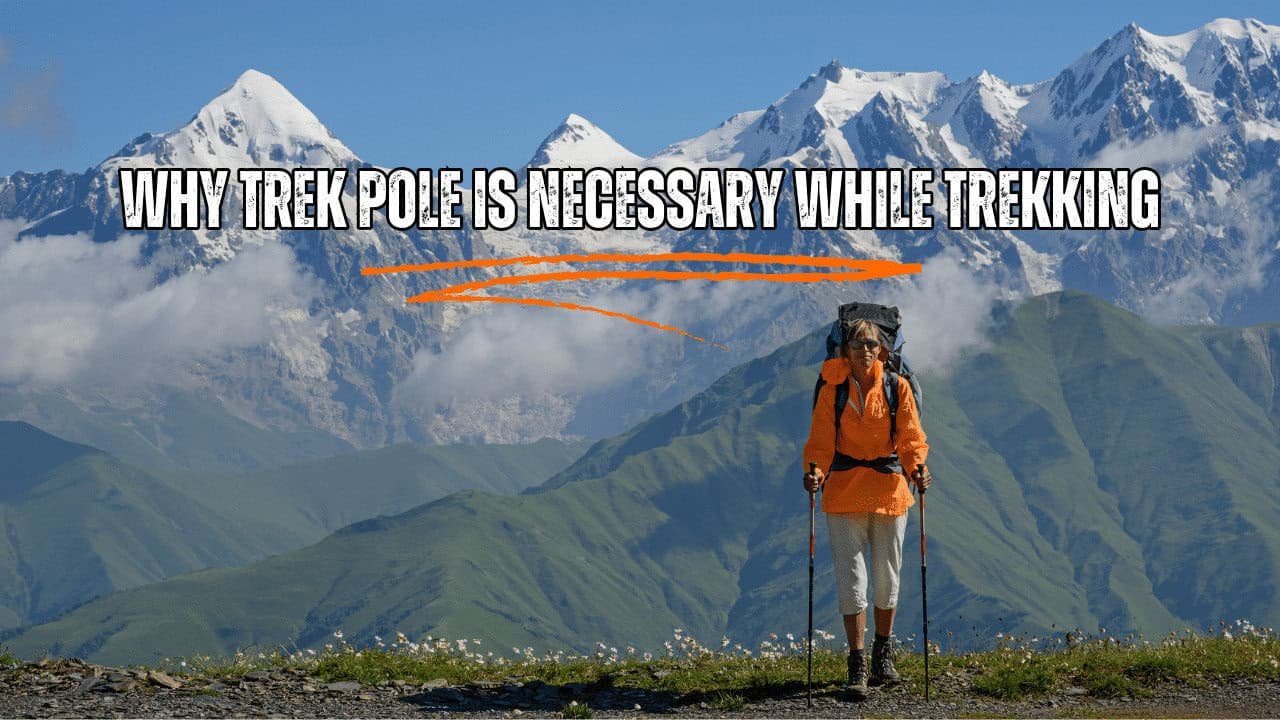






Know Everything About Acute Mountain Sickness
Acute Mountain Sickness occurs when people trek to high altitudes above 8,000 feet. This condition itself develops further due to reduced oxygen levels at such heights. Basically, as you go higher up, the air pressure and oxygen levels decrease, which causes the same problem. Acute Mountain Sickness surely causes headache, nausea, vomiting, and dizziness in affected persons. Moreover, peoples also experience difficulty in sleeping during this condition. To avoid mountain sickness, you should actually trek up slowly to higher altitudes. To learn further about this condition itself, watch the videos by Trekup India.


